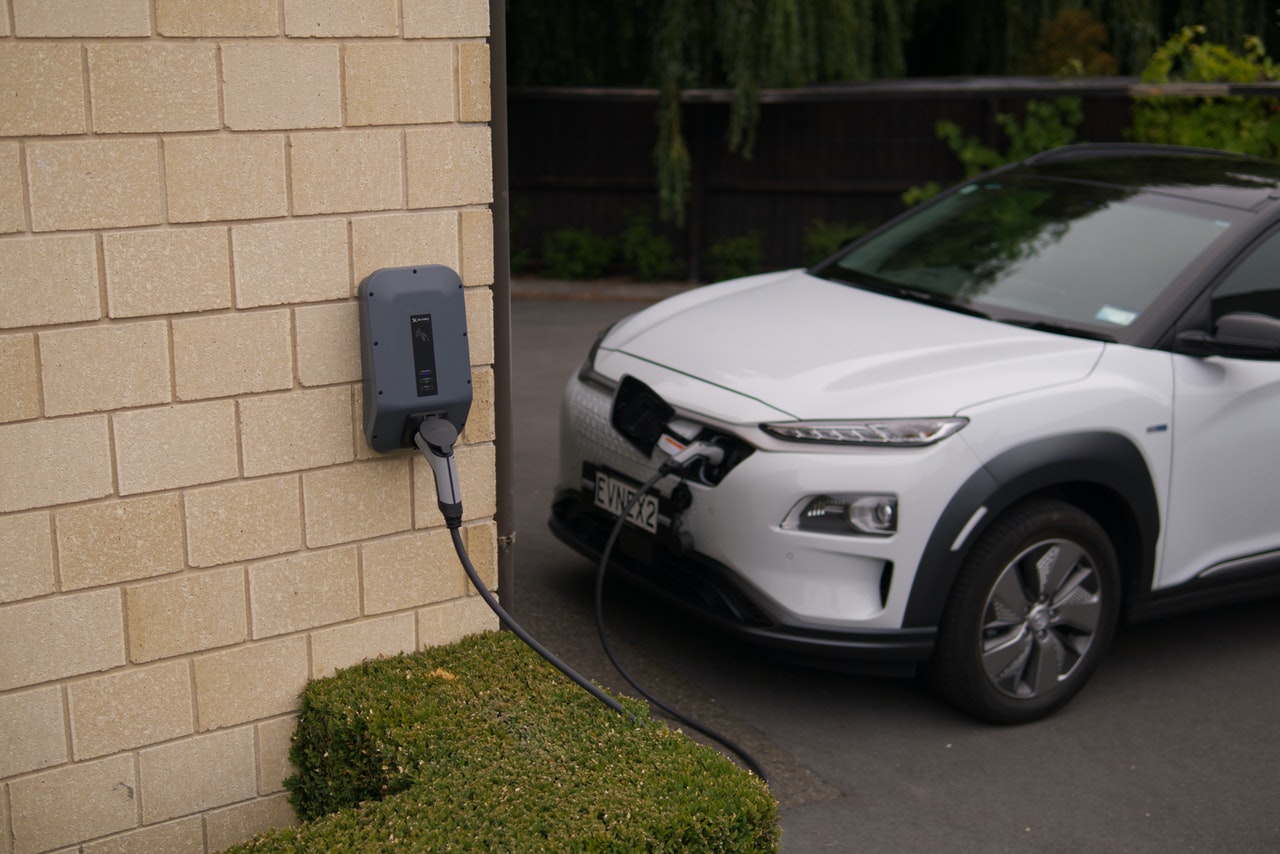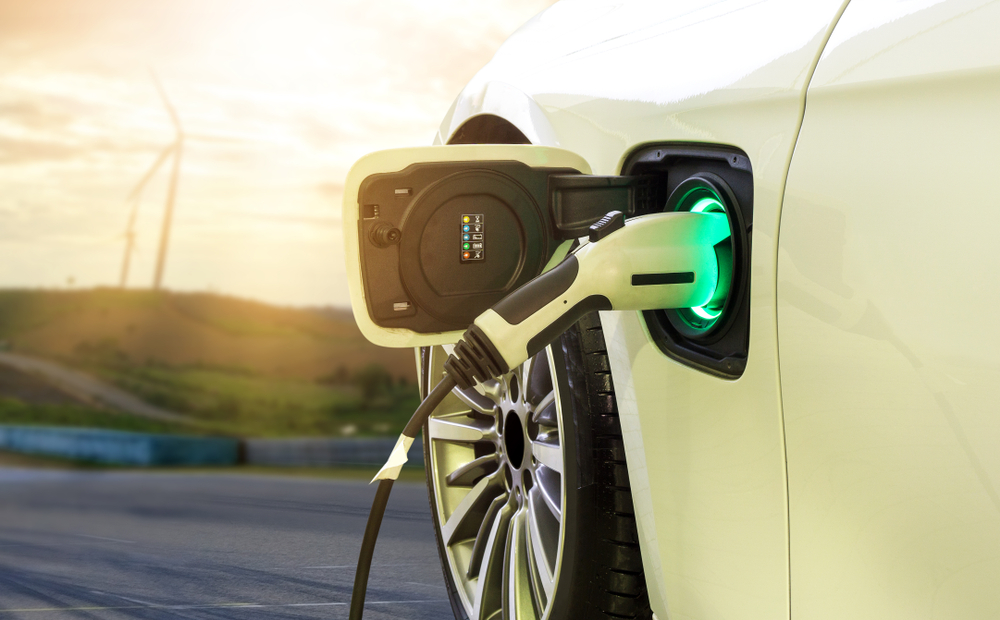While gas-powered vehicles are still the dominant best seller in the U.S., as much as 45% of new car sales are predicted to be made up of electric vehicles by 2035. The U.S. government has a more ambitious goal — 50% by 2030 — and has implemented a number of policies and plans aimed at increasing the sales of EVs. While electric vehicles are better for the planet — and, certainly, people are taking action to reduce their impact on the environment — the question remains: Just how much will eco-friendly vehicles impact the electricity bill each month?
Will homeowners end up spending more on their utility bill than they save on gas? Keep reading to learn the answers to these questions and so many more.

How much do public EV charging stations cost?
For some, a charging station in the home isn’t a necessity in the first place, so there’s no concern about the utility bill there. However, if you choose to use a public charging station, you will have to pay just like you would at a gas station.
How do public EV charging stations charge?
Most public charging stations charge by the minute or by the amount of electricity delivered to the charger. A standard EV battery holds a charge of roughly 50 kW and will use an average of 36.4 kW to travel 100 miles before needing to be recharged. The price range of a full charge, typically 100 miles of range, can fall anywhere between $6 and $16 at a public charging station. The price depends largely on the amount of power left in the battery, its energy efficiency rating, and how quickly it can fully recharge. Either way, $16 for a full charge is far less expensive than a full tank of gas.
How readily available are public EV charging stations?
Solely using public EV chargers may be reasonable for some EV owners, while it may be impossible for others. It depends largely on where you live. Some states, like California and Vermont, have a high number of EV chargers per capita. In these states, you likely won’t struggle to find public charging stations.
In some states where EVs are less popular, however, you’ll be hard-pressed to find dependable access to public charging stations. This is not a situation you want to be in when you find yourself running low on battery power. In this case, it’s better to have a personal charger in your home.
Do EV owners use at-home or public chargers?
Depending on their type of home and garage space limitations, prospective EV buyers often wonder if it’s necessary or even economical to install an EV charger at home. Charging your EV at home isn’t just the more convenient option. Home EV chargers cost significantly less per charge than public stations. That’s probably why 88 percent of EV owners charge their car at home most, if not all, of the time.

What does charging an electric car at home cost?
To determine how much it will cost to charge your electric vehicles, there are a few variables to consider.
Which state do you live in?
Your state of residence will determine how much your electricity costs per kWh, and this rate is listed on your electric bill. While the nation’s average electricity cost is around $0.14 per kWh, in some states, like California, electricity costs up to $0.24 per kWh. This means the average cost of driving 100 miles in an EV is around $4, but the same 100 miles will cost closer to $7 in states with higher electricity costs.
How many miles do you drive per month?
The amount you typically drive in an average month will determine the actual electrical costs of your at-home charging station. For example, if you drive 1,000 miles every month, which is fairly typical for the average commuter, you can expect to pay between $30 and $70 more per month in electricity, depending on your state of residence.
Useful tips for saving money on EV charging
- Park in areas with controlled temperatures. Extreme temperatures damage batteries over time and cause them to be less efficient.
- Keep your EV battery charged between 30-80%. Regularly charging your battery to 100% or regularly allowing it to drain completely takes its toll on your battery.
- Stay current on your car’s maintenance. When your vehicle is in disrepair, it performs less efficiently and uses more battery power.
- Research and keep current on your area’s public charging stations. Know which stations offer the lowest rates per kWh and frequent those stations when you’re not at home.
While purchasing an electric vehicle can be an expensive investment, both due to the cost of the vehicle as well as daily charging, the benefits of these eco-friendly vehicles outweigh the costs. Not only will you see big long-term savings when compared to gasoline vehicles, but you’ll also do your part in making our earth a cleaner place to live.



